Sadly, parents of children with hidden disabilities such as Asperger’s (high functioning autism), ADHD and dyslexia are often criticised by others because their children are seen as being badly behaved. But, as bestselling author and mother Naomi Simmons explains, this isn’t the result of poor discipline but may be a symptom of their hidden disability.
For such children, ‘normal’ parenting advice is usually ill-suited, useless, and potentially harmful. But with a greater understanding of hidden disabilities and the right parenting approaches, these children can thrive and flourish.
By Naomi Simmons
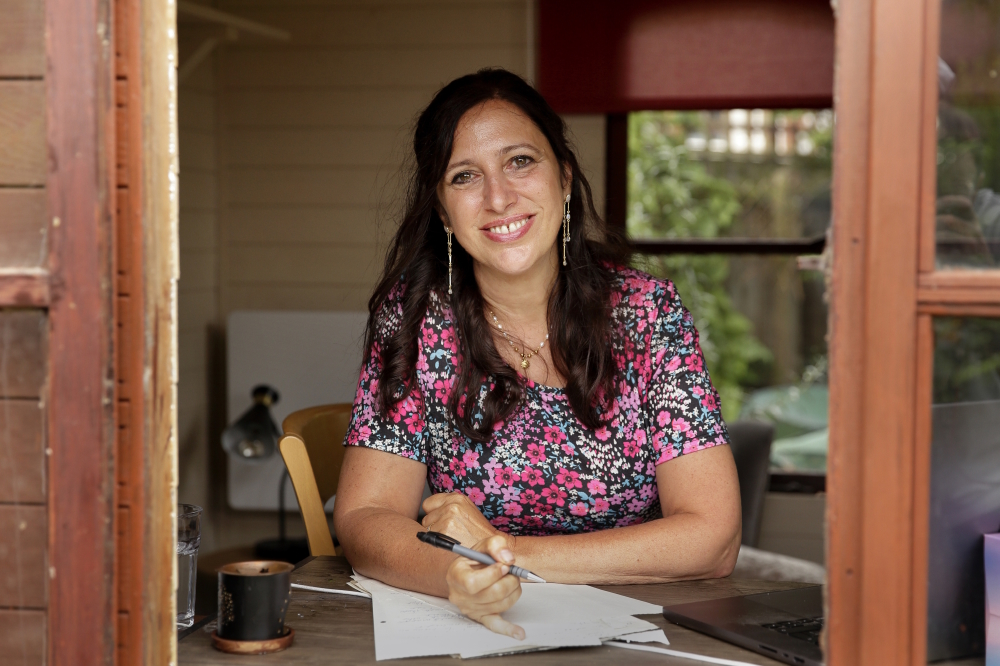
Maybe you have a child with high functioning autism (Asperger’s), ADHD, dyslexia, ongoing anxiety, or depression? Or suspect you might have?
If so, there are many of us out there — one-in-eight according to the latest estimates. You may have heard the term ‘neurodivergence’ to refer to these conditions.
What you might not realise is that these are often classified as hidden disabilities, and that they have the same level of protection by law as more visible disabilities (such as kids with mobility issues who may need to use a wheelchair).
If your child has a hidden disability of this type, you are likely to have faced a fair bit of criticism and blame by others.
This does not mean that you are to blame at all. In fact, the opposite is likely to be true.
These conditions are the result of a slightly different brain wiring and have nothing at all to do with ‘bad’ or ‘overindulgent’ parenting.
Sadly, this is often misunderstood by others. As they cannot see the disability clearly, as they would a blind person with a white stick or guide dog, other people may be quick to jump to conclusions and judge the child and the parents for what may look like bad or naughty behaviour.
As we learn the specific skills we need to parent these children, we quickly discover that they may be very different from the ‘normal’ methods that we have learned.
‘Normal’ parenting usually deals with behaviour by using praise or rewards when they ‘get it right’, and consequences or punishments when our kids ‘get it wrong’.
This can be effective when the child is being wilful or using behaviour to get their own way or to test boundaries.
In these situations, it is usually possible to talk to the child, reason with them, and they will be able to hear and understand you.
This, however, may not be the case if our child has a hidden disability, at least not all of the time.
Because of their conditions, a whole range of what may look like ‘behaviours’ can occur which are not wilful and are not under their control.
During more extreme episodes, it is also likely that our child will not be able to hear or understand what we are saying to them at all.
In these situations, we are dealing with symptoms of their hidden disabilities, not bad behaviour, and understanding the difference is critical in order to help the child to manage their conditions and lead a happy and productive life.
An example of where this confusion can take place is what may appear to be a temper tantrum.
Most of us will have seen a child having a screaming fit in a supermarket. Often onlookers immediately judge the parent for not teaching the child that they cannot have everything they ask for.
Most kids grow out of tantrums as they learn that it will not bring them what they are demanding and that it is not socially acceptable.
But what if the child is autistic? Or has another hidden disability that affects how their brain deals with extreme stimulation?
In these situations, it is likely that the child is having an autistic meltdown and not a tantrum at all.
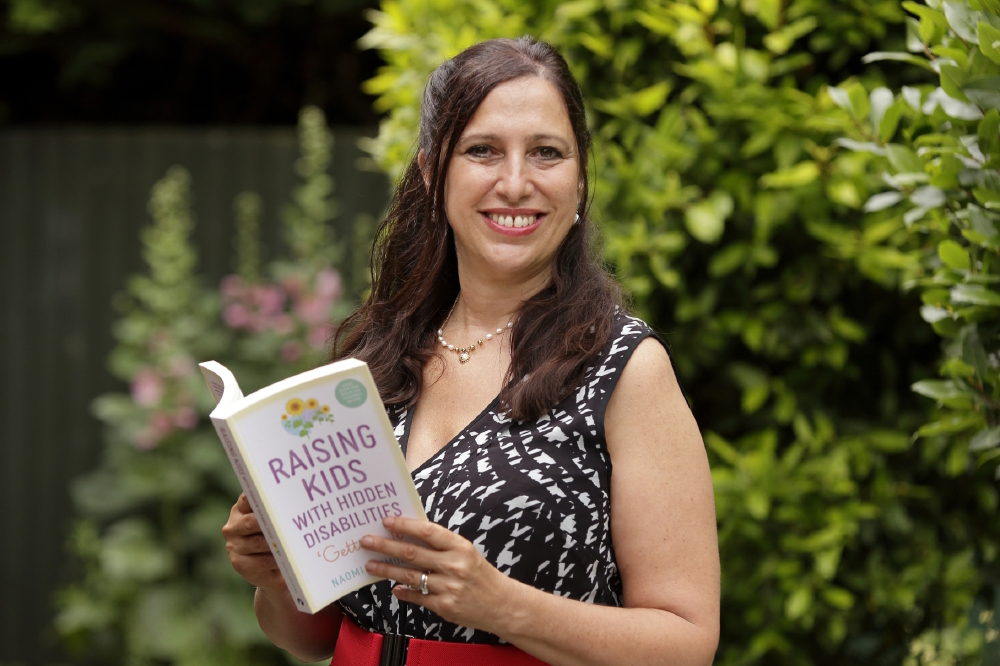
What is the Difference?
A meltdown is a chemical explosion that goes off inside the child’s head when they become too overwhelmed to cope. The brains of children with hidden disabilities are particularly sensitive to noise, crowds, bright lights, stress, and unexpected situations.
When they are feeling calm, they may be able to cope with these things to some extent.
But when they are stressed, tired, or too much is going on at once, their brains become overwhelmed and shut down.
This is the body’s way of protecting itself from overload and is not wilful and absolutely not bad behaviour.
This shutting down can be outward or inward.
When it is outward, the child has a meltdown, which can look very much like a tantrum.
When it is inward, the child may become silent, vacant, and hide away, as if locked into themselves.
When a child is in this condition, we cannot have a meaningful conversation with them and they may not be able to speak or hear us at all.
So, while a child having a ‘normal’ tantrum may respond do a good talking to and perhaps some consequences or rewards, can you imagine how this would feel to an autistic child having a meltdown? Or a frightened child locked away in their room having a shutdown?
When we understand that a flood of anxiety hormones is what triggers the meltdown, we can easily see how using ‘normal’ parenting techniques can increase that anxiety.
In addition to their brain going into shutdown, they are additionally trying to make sense of what we may be saying and what consequences we are imposing.
And there is more. When a child is being treated as ‘naughty’ in these situations, they can feel shame and even self-hate for a situation that they cannot change without help.
These are not good traits for a happy and productive life.
This is why ‘normal’ parenting can be like throwing petrol onto a fire and both meltdowns and shutdowns can become infinitely worse, fed by fuel and anxiety.
Can you imagine if other medical symptoms were treated as naughtiness?
Would we punish short-sighted children for not being able to see properly and reward them when they strain to see without their eye glasses?
Treating meltdowns this way is no different and we just need to adjust our mindset a little.
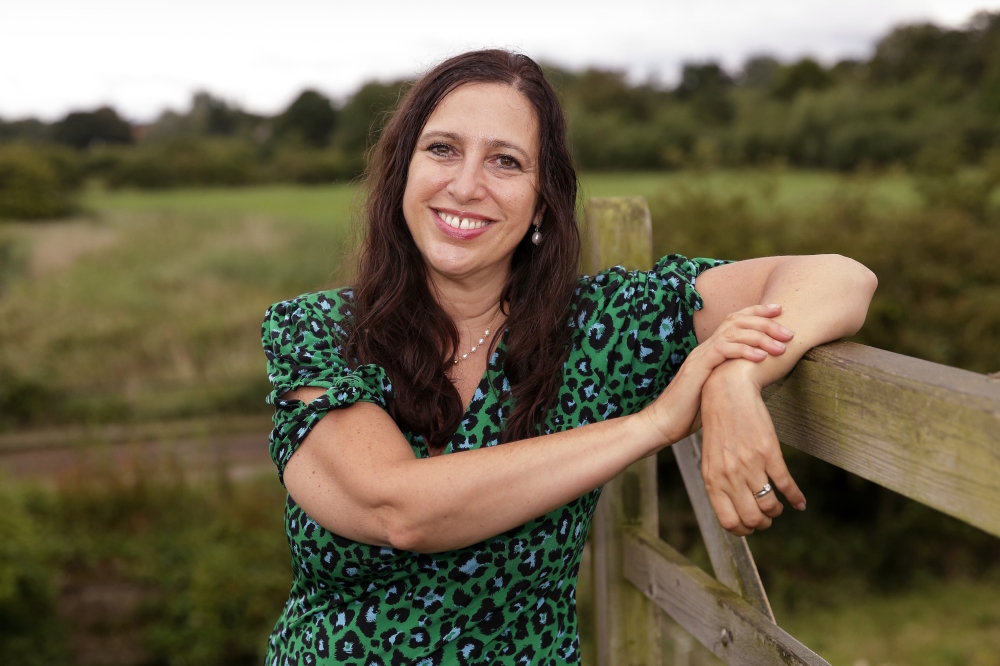
So, What Does Work for Kids with Hidden Disabilities?
In my experience, what works best is to cut off the fuel supply of the meltdown — which means removing the anxiety load fast.
This gives the body time to clear the chemical imbalance and the brain the chance to recover so that communication with our child can be restored.
When we understand what is happening to our children’s brains, there is also a great deal we can do to prevent these meltdowns from happening at all.
How Do I Know This?
Through personal experience, and it has taken me a lifetime to overcome the shame and embarrassment of how I ‘behave’ when I am having a chemical storm due to my neurodivergence.
Secondly, while researching my new book, Raising Kids With Hidden Disabilities: Getting It, I spoke to hundreds of young people with hidden disabilities who are thriving and are great examples and role models for a successful and happy life.
For them, learning to understand their needs and how to meet them was the number one magic bullet.
And not far behind that was replacing shame with pride in who they are and what they can achieve.
Parenting my own children gave me the opportunity to put these ideas into practice and to learn from my own failures, and successes!
Other hidden disability symptoms that need to be approached in a similar way include self-harm, fussy eating, hitting out, obsessions, and an inability to focus or sit still.
Often these are an indication that the child’s needs are not being met. Perhaps they are attending a school where their symptoms are being treated as bad behaviour!
Be a Master Codebreaker!
When we learn to decode our children, it becomes clear that what looks like a behaviour may actually a non-verbal way of communicating something else: that the child is frightened, overwhelmed, feels out of control, is overstimulated or, as is often the case with ADHD, under stimulated.
For example, our children may only eat a few things. This can mean that our child is feeling unsafe in life and, therefore, only known and ‘trusted’ food feels safe and gives them a sense of control.
If this is the case, coaxing or even forcing them to eat food that the child considers ‘unsafe’ can make their anxiety worse, creating a downward spiral of their hidden disabilities symptoms.
Instead, we can use techniques to lower anxiety around new foods.
When we learn to decode effectively, a new and effective approach to parenting becomes very clear and obvious.
This is an approach based on ‘getting it’, rather than ‘judging it’.
Here is an example from one of my children, who was diagnosed with both dyslexia and ADHD whilst in primary school.
School told me that I had to accept that my child was low ability, in fact too low ability to sit SATS.
I knew deep inside that this wasn’t the case and that with the right understanding and support, this child could excel.
Luckily with the help of the techniques in my book, I learned how to decode my children and identify what was needed in order for them to learn and focus.
This meant I had to amend how I parented and the school had to put some adjustments in place.
My apparently ‘low ability’ child now has a first class degree from one of the top universities in the world and has exceeded any expectation I could have dreamed of.
With effective decoding, symptoms become controllable and meltdowns and shutdowns become events that are rare.
When they do happen, it usually means that something in the child’s environment is ‘wrong’ and needs to be amended.
This is very different from saying that the child themself is ‘wrong’ and needs to be punished.
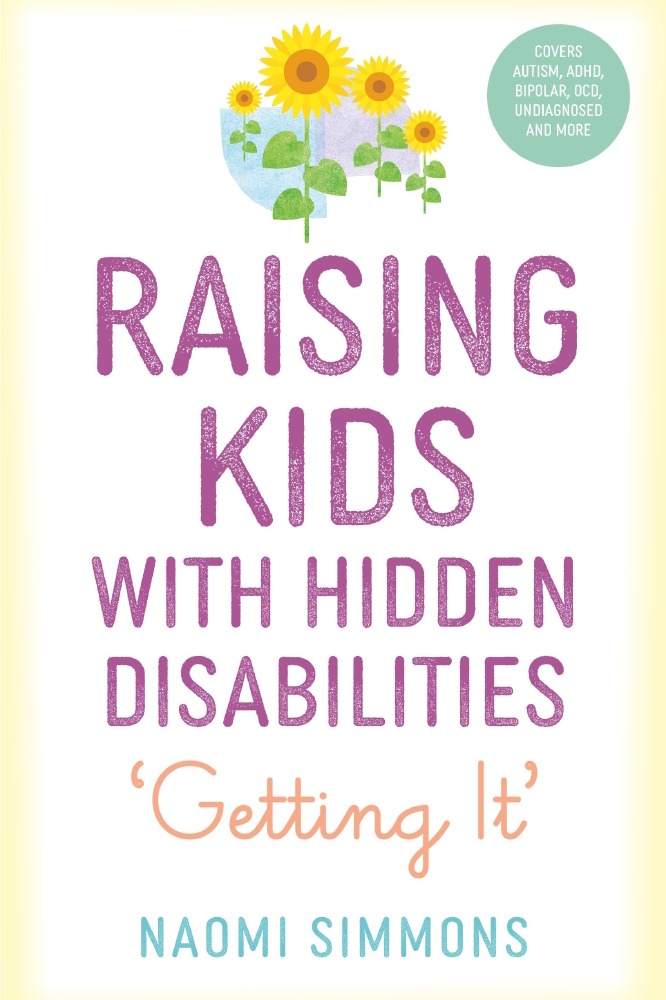
Decoding Works
Decoding has also helped me personally to manage my own hidden disability needs.
Until I understood the difference between behaviour and symptoms, I used to judge myself very harshly.
When I became overwhelmed in particular situations, I would try to ‘pull myself together’ in vain and doing so would usually make my anxiety and my symptoms worse.
I now work with my needs and do my best to get them met. This allows me to lead a happy and very productive life.
Understanding, rather than judgement, is at the core of this success.
How to decode and respond to our child’s hidden disability symptoms is explained in detail in my book Raising Kids With Hidden Disabilities: Getting It. The book also gives guidance on how best to advocate for our children at school and with other organisations.
What this gives us is hope for our children. It can also give our children hope for themselves.
Nothing can feel more healing that being understood, heard, and accepted for who we are, regardless of any hidden disability needs we may have.
Raising Kids with Hidden Disabilities: Getting It by Naomi Simmons (Jessica Kingsley Publisher) is available now on Amazon in paperback, eBook, and audiobook formats, priced £16.99, £11.04, and £17.49 respectively. For more information, visit www.peaceandhappiness.info.
Q & A Interview with Naomi Simmons
Having sold more than 500 million books to-date, Naomi Simmons is among the top 10 bestselling British authors of all time, and officially the world’s bestselling author on books for children, parents, and teachers on language learning.
Her new book, Raising Kids With Hidden Disabilities: Getting It, is the clear, informative guide that all parents of children with hidden disabilities have been crying out for. We spoke to Naomi to find out more.
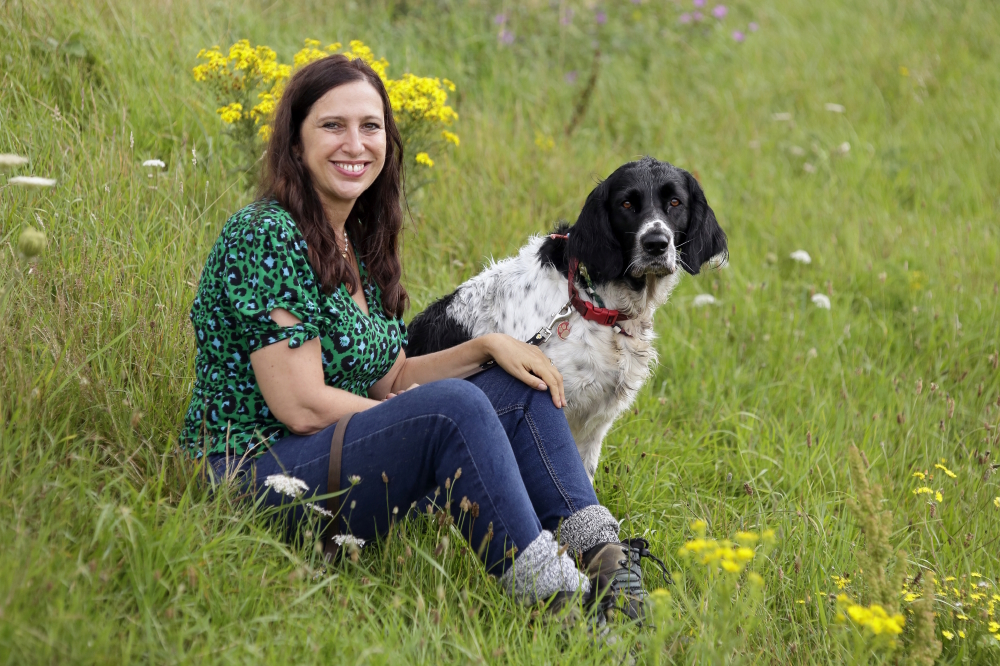
Q. What motivated you to write Raising Kids With Hidden Disabilities: Getting It?
A. When I was faced with the challenges of my kids’ hidden disabilities, I was clueless about what to do.
Everyone and their dog had an opinion on what I should be doing differently. The people with the strongest opinions often had the least personal experience of hidden disabilities (or even parenting) and it is not surprising that nothing was helping.
When I was looking for books, there seemed to be only two types available: books written by doctors from a medical point of view, or books written by parents who wanted to share their stories of despair and difficulties.
Neither of these gave me what I wanted, which was practical understandings and strategies for day-to-day challenges and, most importantly of all, hope.
My research helped me find the hope I was looking for and my family life was transformed as I was able to put these new understandings to daily use.
As I wanted other parents to benefit from everything I had found out, I wrote the book I longed to find all those years ago.
Q. How does it differ from other parenting books on the subject?
A. Raising Kids With Hidden Disabilities: Getting It is based on real, lived experience. The advice comes from others who have walked this walk and have genuine hope to offer.
It is written in down-to-earth language and is aimed at parents like us rather than doctors and professionals.
Also, other books tend to be about a single diagnosis; for example, only about autism or ADHD. This is not of great help when we consider that 80% of kids with hidden disabilities have a number of different diagnoses.
So, I put together an approach that helps in any possible scenario, including the many kids who are having difficulties but do not have any diagnosis.
Q. How much research went into your new book?
A. Over a period of about eight years, I interviewed hundreds of people, mostly young adults who have hidden disabilities themselves. I chose those who were living happy and productive lives and I wanted to know what in their childhoods had helped them the most to get to such a good place.
Knowing about what parents can do to get it right is the first step in giving us hope.
I also spoke to parents who had successfully brought up thriving kids with hidden disabilities. It is a privilege to be able to share their tips and experiences.
Extra insights came from some brilliant specialist clinicians and paediatricians who supported this project and added their clinical expertise to help provide as comprehensive and practical a guide as possible on how best to raise kids with hidden disabilities.
Q. Why is the book’s subtitle ‘Getting It’?
A. When I talk to parents about their experiences with teachers, family, and friends, probably the most common thing I hear is, ‘They just don’t get it.’
‘Getting it’ here means really appreciating the difference between behaviours and hidden disability symptoms, and genuinely understanding our children’s needs.
And when we meet someone who does ‘get it’, it can feel like we have won the jackpot! This is why I want as many people to ‘get it’ as possible and why I chose the term as the subtitle for the book. We all have a role to play.
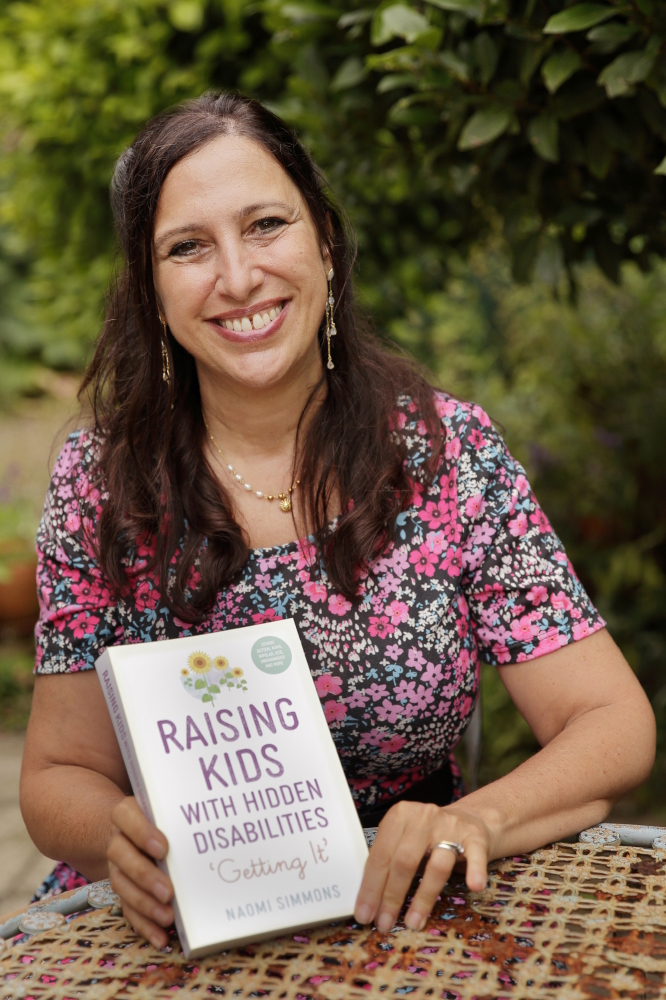
Q. What one key piece of advice would you give to parents of kids with hidden disabilities?
A. Our children’s challenges and their strengths are two sides of the same coin. They come together in a package.
So that they are not demoralised by the challenges, it is very important to keep pointing out the strengths. And the more their needs are met, the more their strengths will shine through!
An example with ADHD is that impulsivity is often considered to be a problem. But this same impulsivity is also a super strength when we think of it as enabling our child to make fast and effective decisions under pressure.
With high-functioning autism, a passion for a specialist subject can be considered a limitation. But at the same time, it can result in an unrivalled level of expertise in that area and the potential innovation and career success this can bring.
Q. You are recognised as one of the UK’s bestselling authors of all time. When you started your writing career did you think you would one day achieve this status, and how does it feel?
A. Not at all. I was a struggling single parent and just wanted to provide for my family. Writing was something that came naturally to me and gave me the flexibility I needed to work around my children’s needs.
Looking back, I think my achievement in part is due to the determination that comes from my own hidden disabilities. Despite challenges, I had the passion, vision and staying power to see my projects through. I now realise my autism helped me with this, especially as by working from home I was able to meet most of my workplace needs that may have been a problem in a conventional office.
For me the satisfaction is all about enjoying and following my passion and it is certainly gratifying to see my faith in myself come to fruition.

